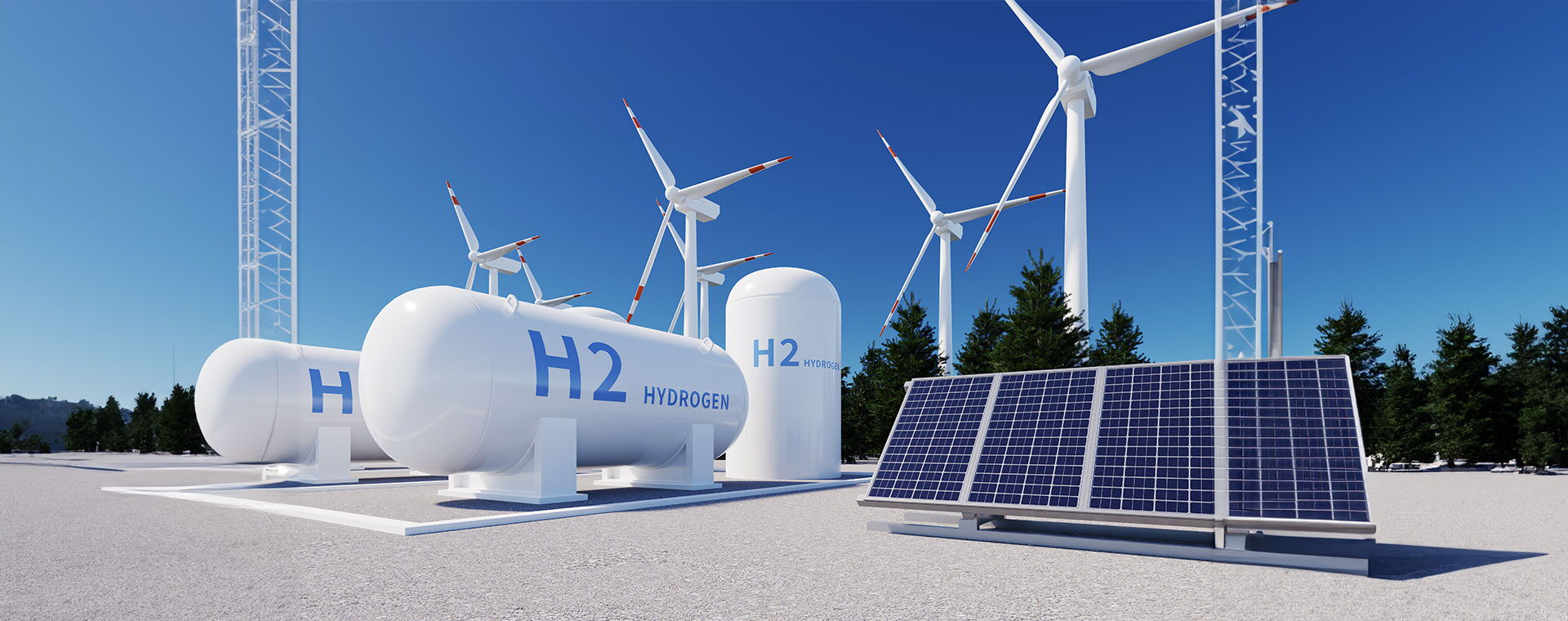MBR (membrane bioreactor) wastewater treatment plant
The MBR (Membrane Bioreactor) wastewater treatment plant in Vihdin Vesi, Nummela, was delivered by Artas to the municipality of Vihti. the MBR process was developed to improve wastewater treatment in the region and ensure greater efficiency and environmental friendliness (previously, the conventional activated sludge process had been used in the municipality). The plant has been in operation since 2019.
The plant has a capacity of 3 m³ per day and also provides improved nitrogen removal.
The Vihdin Vesi wastewater treatment plant in Nummela is part of a comprehensive project to improve wastewater treatment in the region. Here are some of the alternatives considered as part of the "Vihdin jätevesihuollon vaihtoehdot" project:
- Centralization of wastewater treatment: One option is to centralize wastewater treatment at the Nummela wastewater treatment plant. This would mean that wastewater from different parts of the municipality would be piped to a central plant and treated there.
- Pipeline of wastewater to Espoo: Another option is to direct the wastewater to the wastewater treatment plant in Espoo. This option is being considered to address the capacity issues and condition of the existing facilities in Vihdin.
- Modernisation of existing plants: Another alternative is the modernisation and expansion of the existing wastewater treatment plants in Kirkonkylä and Nummela. This would improve the efficiency and capacity of the existing infrastructure.
- Environmental Impact Assessment (EIA): All alternatives are subject to an environmental impact assessment to find the best solution for the environment and the population.
These options aim to optimize wastewater treatment in Vihdin and ensure that the plants meet future demands.
The Vihdin Vesi wastewater treatment plant in Nummela was built and expanded to meet several important requirements:
- Population growth: The Vihti region has experienced significant population growth in recent years. This led to an increased need for efficient wastewater treatment to cope with the increasing volumes of wastewater.
- Environmental protection: Stricter environmental regulations and the need to protect the water quality in the surrounding waters made it necessary to modernize and expand the existing wastewater infrastructure.
- Technological improvements: The introduction of modern technologies such as membrane bioreactors (MBR) enables more efficient and environmentally friendly wastewater treatment. These technologies help to improve nitrogen and phosphorus removal and increase the overall performance of the plant.
- Future-proofing: The expansion and modernization of the wastewater treatment plant will ensure that the infrastructure will continue to meet the requirements in the future and can react flexibly to further changes.


